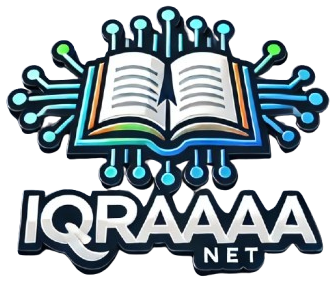In an era characterized by rapid technological advancements and an ever-evolving societal landscape, the traditional paradigms of education are increasingly being challenged. The integration of knowledge and technology has emerged as a pivotal component in the quest for effective, innovative education, fundamentally reshaping the learning experience and preparing students Sensa88 for the complexities of the future.
The incorporation of technology in educational settings is not merely a trend; rather, it represents a significant transformation in how knowledge is disseminated and absorbed. Digital tools, such as online learning platforms, interactive simulations, and artificial intelligence-driven applications, provide learners with unprecedented access to information and resources. This democratization of knowledge fosters a more inclusive educational environment, where students from diverse backgrounds can engage with content that was once limited to traditional classroom settings.
Moreover, the marriage of technology and education facilitates personalized learning experiences. Adaptive learning systems, powered by artificial intelligence, can tailor educational content to meet the unique needs of individual students. By analyzing students’ strengths and weaknesses, these systems can provide customized pathways, enabling learners to progress at their own pace. This shifts the focus of education from a one-size-fits-all approach to a more nuanced understanding of each learner’s journey, thereby enhancing engagement and retention.
Collaboration also stands as a cornerstone of innovative education. Technology enables students to connect with peers and educators across the globe, fostering a culture of collaboration and knowledge-sharing. Virtual classrooms and collaborative projects encourage teamwork and cross-cultural communication, essential skills in today’s interconnected world. Platforms such as video conferencing tools and collaborative software allow for real-time interaction, making it possible for students to learn from a diverse range of perspectives and experiences.
Furthermore, the integration of technology in education encourages the development of critical thinking and problem-solving skills. Interactive learning environments, such as gamified lessons and virtual reality simulations, immerse students in real-world scenarios that demand innovative solutions. By engaging in such active learning strategies, students not only acquire knowledge but also cultivate essential competencies that will serve them well in their future careers.
However, the shift towards technology-integrated education is not without its challenges. Issues such as digital literacy, equitable access to technology, and the potential for distraction necessitate careful consideration. Educational institutions must prioritize thorough training for both teachers and students to ensure that the benefits of technology are fully realized. Furthermore, policy-makers and educators must work together to address the digital divide, ensuring that all students have access to the digital tools necessary for success.
In conclusion, the innovative fusion of knowledge and technology heralds a new era in education, one that is responsive to the demands of a rapidly changing world. By leveraging the capabilities of digital tools, educators can create dynamic and engaging learning experiences that cater to the individual needs of students while fostering essential skills for the future. As we continue to navigate this transformative landscape, the ongoing collaboration between educators, technologists, and policy-makers will be vital in shaping an educational framework that prepares learners not just for today’s challenges, but for the uncertainties of tomorrow. Embracing this innovative approach is not merely advantageous; it is imperative for the development of a knowledgeable and skilled future workforce.
